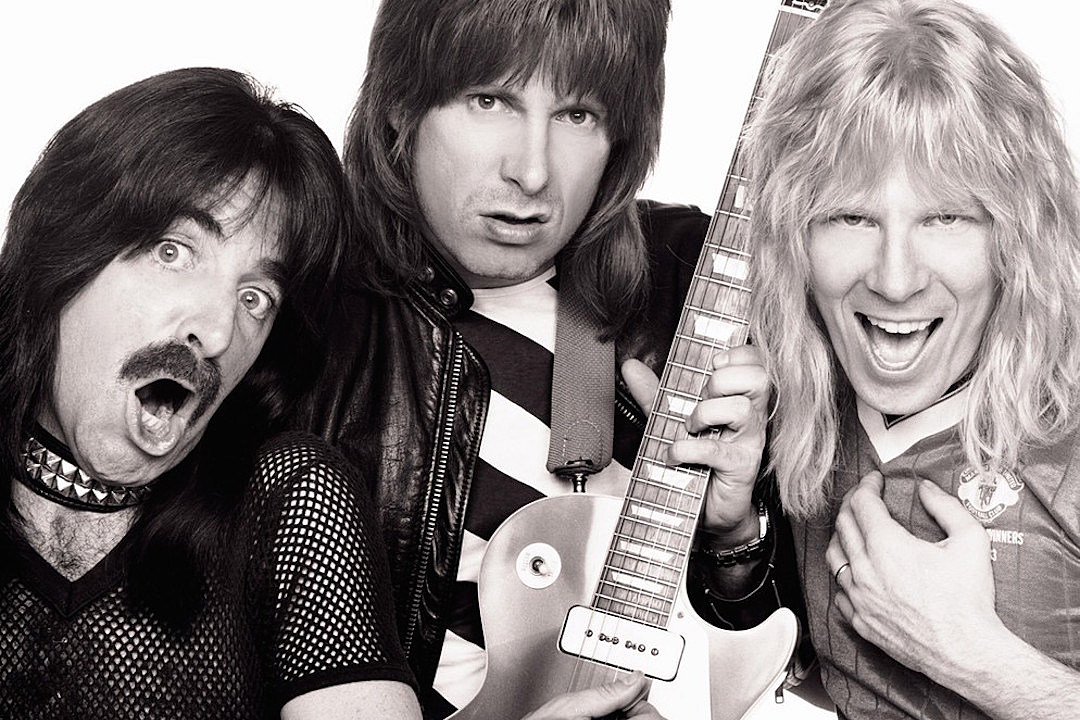It seems every second show is filmed in a mockumentary format, so when did the genre become so popular?

Most shows we click on now while browsing Netflix or Stan feature characters talking directly to the camera. This is almost mandatory for a series to be popular. Yet scripted comedies, such as Seinfeld or Friends, used to rule our screens. When did the mockumentary style become so popular, and why does it continue to attract viewers more than scripted series?
The mockumentary has evolved over many decades, with early examples dating back as far as the 1930’s. In 1933, Surrealist filmmaker Luis Bunuel released a film called Land Without Bread, a story focusing on a region of Spain rife with poverty. The film was called a pseudo-documentary at the time and, while not comedic, was exaggerated in its dialogue and action. A few years later Orson Welles broadcast an adaptation of War Of The Worlds, reporting on an alien invasion as though it were actually happening in the moment. The broadcast caused panic in smaller towns and some more isolated communities, and had to be interrupted with an announcement on the fictional quality of the story. Police then interfered and stopped the broadcast. Adolf Hitler even twisted the story to cite it as an example of corrupt democracy in America.
Since its inception, the mockumentary has proved to evoke stronger reactions in viewers or listeners as opposed to scripted films and programs. By presenting fictional circumstances as actual we are made to feel as we do watching a documentary, even if in the back of our minds we are aware of the fiction. While this technique is now used primarily in comedy, it can also be effectively used with drama, as it was in its first few instances.
Belgian black-comedy mockumentary Man Bites Dog traces a serial killer who allows a camera crew to film his murders. The fact the audience receives no indication that the film is fictional draws us into the action as though we were behind the camera. While we know that there is no way this could be allowed a release were it real, we suspend disbelief in order to be entertained. This only works due to the documentary format of the film.
In the 1980’s, the comedic mockumentary started to gain popularity. 1984’s, This is Spinal Tap, about an ageing glam-rock band, introduced the world to the hilarious potential of the fake documentary. A cult film now, this and other films written by and starring Christopher Guest such as A Mighty Wind, Best in Show and Waiting For Guffman, paved the way for series like The Office and Parks and Recreation.
The success of these and similar shows is undeniable. It seems the more relatable the characters the more popular these shows are, and the fact we are made to feel like these are real people allows us to connect more strongly to the stories. Where scripted comedies create plot-based relatability, being able to personally connect to a character in that we see what they don’t want us to see through the invasive documentary style, we feel more deeply that their situation is our situation.
The mockumentary can be a challenging task for actors. Many series or films are based heavily around improvisation. Where faltering during improvisations is permissible in shows like Whose Line Is It Anyway?, actors are more often required to deliver lines as though they had been rehearsed. This can lead some scenes to feel baseless. The first series of People Just Do Nothing, a show about the crew of pirate radio station Kurupt FM, suffers for this, as scenarios can seem pointless and scenes too lengthy due to ineffective improvisations. The show comes into its own, however, as the writers and performers find their characters and we are drawn further into their lives, making it one of the truly original newer mockumentaries.

Sacha Baron Cohen’s work in The Ali G Show, Borat and most recently What Is America? showcase a more rogue-style of documentary making where we laugh at real people as well as at a character. This look at real-life as opposed to more ridiculous characters such as in The Office adds depths into the mockumentary format. Similar techniques are used in This Country where, though the characters can be laughed at, there is a twinge of sadness and melancholy in the series, made all the more palpable with the third wall constantly shattered by direct addresses to camera.
It is a human need to be related to and to relate to, and through our consumption we crave this connection. Hollywood blockbusters entertain us, numb us, but are, for the large part, not reflective of true humanity. The documentary format allows audiences to view true life, events as they happen, people as they really are. As filmmakers and writers are prone to doing, this was distorted into a mesh of fiction and reality. This allowed films and television series to retain the authentic nature of the documentary with the comedic potential of a scripted series.
Whilst the mockumentary format is beginning to become overused and the market saturated, we have seen some of the greatest, most entertaining, heart-warming stories being through it.
Subscribe to FIB’s Weekly Alchemy Report for your weekly dose of music, fashion and pop culture news!






